Spadina Avenue in 1906 (left) and today (right). Both pictures look north on Spadina toward Dundas St.
At one time, Spadina Avenue was a prestigious residential street where many of the well-heeled families of the city dwelt, alongside others who were quite so well off. It also contained three churches, all of which had large congregations. Today, the staid street of old has developed into one of the most interesting and diverse streets in Toronto. On a hot summer evening, some might say that the street is deliciously sinful. Its colourful neon signs and bustling activity create an atmosphere that is reminiscent of Hong Kong.
Beginning at Harbour Front by the lake, Spadina Avenue extends northward through several blocks where 1920s Art Deco warehouses dominate the scene. North of Queen Street, it becomes the main avenue of the Spadina’s China Town. After crossing College Street, it divides and circles around the old Knox College (now a U of T building) and proceeds up to Davenport Road. Here, the street changes direction at the base of the steep incline where Casa Loma is located.
Throughout its journey through the city, the avenue rarely fails to enchant and entertain. Some historians state that architecturally, Spadina has never lived up to its potential. It’s true that for such a wide and impressive street, it has few outstanding buildings, but its array of nineteenth-century structures with their exotic markets and restaurants are wondrous to behold. To stroll its length is to relive the past of our city and view how Toronto’s old buildings have been recycled to suit the needs of the modern era.
A Brief History of Spadina Avenue
The creator of the wide avenue that today we call Spadina was Dr. William Warren Baldwin. The land where Spadina Avenue now exists was not owned by Baldwin, but by his wife Phoebe and his sister-in-law, Marie Willcocks (nee Baldwin). The sisters had inherited the land from their cousin, Elizabeth Russell, sister of Peter Russell. However, it was Baldwin, in his capacity as adviser to the two women that the idea for a grand avenue on the property was born. Henry Scadding, in his book “Toronto of Old,” published in 1873, stated that the width of the roadway was to be 160 feet throughout its mile-and-a-half course. However, it was actually 132 feet.
William Warren Baldwin was born in 1775 at Knockmore near Cork in Ireland. He was the oldest son of Robert Baldwin, a farm manager. Young Baldwin received an M.D. degree from the University of Edinburgh in 1796, and set up his practice in Ireland. In 1798 he and his family immigrated to Canada, arriving on 13 July 1799, at age 24, and settled in York (Toronto). In 1803, he married Phoebe Willcocks, whose father, William Willcocks, was a first cousin of the wealthy land-owner Peter Russell. As previously stated, Baldwin’s wife was was one of the inheritors of the lands of Peter Russell.
In the early decades of the nineteenth century, the portion of Spadina south of Queen Street was named Brock Street, after Sir Isaac Brock, killed at the Battle of Queenston Heights. Baldwin became a political reformer and served in the Legislative Assembly from 1828-30, and was appointed to the Legislative Council in 1843. He died in 1844. It is interesting that though Governor Simcoe is highly honoured throughout the city, having a holiday and street named after him, as well as a statue at Queen’s Park, Baldwin is relatively forgotten, though his name does grace Baldwin Street, a north-west avenue located two blocks north of Dundas St. West. It is the main east-west avenue in the Kensington Market, containing several fish markets, bakeries, a cheese shop, and a high-end meat market.
Today, the Spadina Avenue that Baldwin created has many Asian and fusion restaurants that are enjoyed by the residents from all over the city.
Viewing Spadina from its beginning at the lake, north to Bloor Street.
Looking north from the bottom (south end) of Spadina Avenue toward Front St. in 1925 (Photo from the City of Toronto Archives). Visible is the old bridge over the railway tracks.
The same scene in 2012
The south end of Spadina in 2012 (left), and looking north from the same spot in 1910 (right).
Looking south on Spadina toward the lake in 1927, from south of Front Street. The new bridge over the railway tracks is under construction. Eventually, the roadway was raised to cross over the new bridge. Historic photo is from the City of Toronto Archives.
From Front Street north to Queen St. West, the Art Deco buildings from the 1920s dominate the street. Today, they have been recycled as offices, restaurants, and retail stores.
The corner of Queen and Spadina is one of the most vibrant intersections in the city. Night and day, the area hums with activity. North of Queen Street, the character of Spadina changes. The art work in the centre of the avenue alerts visitors and Torontonians alike that they are entering one of Toronto’s three China Towns.
North of Queen Street, the street signs are bilingual and Asian art decorates the centre of the roadway.
Restaurants from various Asian countries are housed in the nineteenth-century commercial buildings.
Between Dundas and College Streets, three avenues lead westward into the Kensington Market – St. Andrew’s, Nassau, and Baldwin Streets. The “cat on the chair” is a piece of art located on the northwest corner of Spadina and St. Andrew’s Street.
In the section of Spadina between Queen and Dundas Streets, trendy coffee houses and cafes are located in the old warehouse buildings. Dark Horse Cafe (left) and Strada II.IV.1 (right-hand photo) at 241 Spadina are among the most popular.
Bargain shirts as well as rare spices and herbs are available in the sidewalk stands
North of College Street, the tower of the old Knox College, now a University of Toronto Building, dominates the street. Spadina divides at this point and circles around the nineteenth-century building. The name of the street now changes to Spadina Crescent, and Knox College’s postal address is #1 Spadina Crescent.
On the west side of Spadina Crescent (left photo) is Lord Lansdowne School, and on the east side is the building that was originally the City Dairy (right photo), which became Borden’s Dairy, and is now occupied by the U of T.
This artwork in the middle of the roadway that commemorates the old City Dairy.
North of Spadina Circle, the west side of the street is flanked by nineteenth-century Romanesque homes (left photo), and on the east side, U of T buildings (right-hand photo)dominate the street.
The wonderful Asian restaurants, the exotic fruits in the sidewalk displays, and the ornate nineteenth-century architecture – Spadina has it all.
To view the Home Page for this blog: https://tayloronhistory.com/
To view previous posts about movie houses of Toronto—old and new
https://tayloronhistory.com/2013/10/09/links-to-toronto-old-movie-housestayloronhistory-com/
To view links to other posts placed on this blog about the history of Toronto and its heritage buildings:
https://tayloronhistory.com/2013/10/08/links-to-historic-architecture-of-torontotayloronhistory-com/
Recent publication entitled “Toronto’s Theatres and the Golden Age of the Silver Screen,” by the author of this blog. The publication explores 50 of Toronto’s old theatres and contains over 80 archival photographs of the facades, marquees and interiors of the theatres. It also relates anecdotes and stories from those who experienced these grand old movie houses.
To place an order for this book:
Theatres Included in the Book
Chapter One – The Early Years—Nickelodeons and the First Theatres in Toronto
Theatorium (Red Mill) Theatre—Toronto’s First Movie Experience and First Permanent Movie Theatre, Auditorium (Avenue, PIckford), Colonial Theatre (the Bay), thePhotodome, Revue Theatre, Picture Palace (Royal George), Big Nickel (National, Rio), Madison Theatre (Midtown, Capri, Eden, Bloor Cinema, Bloor Street Hot Docs), Theatre Without a Name (Pastime, Prince Edward, Fox)
Chapter Two – The Great Movie Palaces – The End of the Nickelodeons
Loew’s Yonge Street (Elgin/Winter Garden), Shea’s Hippodrome, The Allen (Tivoli), Pantages (Imperial, Imperial Six, Ed Mirvish), Loew’s Uptown
Chapter Three – Smaller Theatres in the pre-1920s and 1920s
Oakwood, Broadway, Carlton on Parliament Street, Victory on Yonge Street (Embassy, Astor, Showcase, Federal, New Yorker, Panasonic), Allan’s Danforth (Century, Titania, Music Hall), Parkdale, Alhambra (Baronet, Eve), St. Clair, Standard (Strand, Victory, Golden Harvest), Palace, Bedford (Park), Hudson (Mount Pleasant), Belsize (Crest, Regent), Runnymede
Chapter Four – Theatres During the 1930s, the Great Depression
Grant ,Hollywood, Oriole (Cinema, International Cinema), Eglinton, Casino, Radio City, Paramount, Scarboro, Paradise (Eve’s Paradise), State (Bloordale), Colony, Bellevue (Lux, Elektra, Lido), Kingsway, Pylon (Royal, Golden Princess), Metro
Chapter Five – Theatres in the 1940s – The Second World War and the Post-War Years
University, Odeon Fairlawn, Vaughan, Odeon Danforth, Glendale, Odeon Hyland, Nortown, Willow, Downtown, Odeon Carlton, Donlands, Biltmore, Odeon Humber, Town Cinema
Chapter Six – The 1950s Theatres
Savoy (Coronet), Westwood
Chapter Seven – Cineplex and Multi-screen Complexes
Cineplex Eaton Centre, Cineplex Odeon Varsity, Scotiabank Cineplex, Dundas Square Cineplex, The Bell Lightbox (TIFF)
![f1244_it0634[1] f1244_it0634[1]](https://tayloronhistory.com/wp-content/uploads/2012/10/f1244_it06341_thumb.jpg)
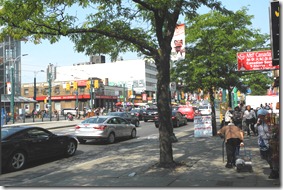
![f1580_it0090[1] f1580_it0090[1]](https://tayloronhistory.com/wp-content/uploads/2012/09/f1580_it00901_thumb.jpg)
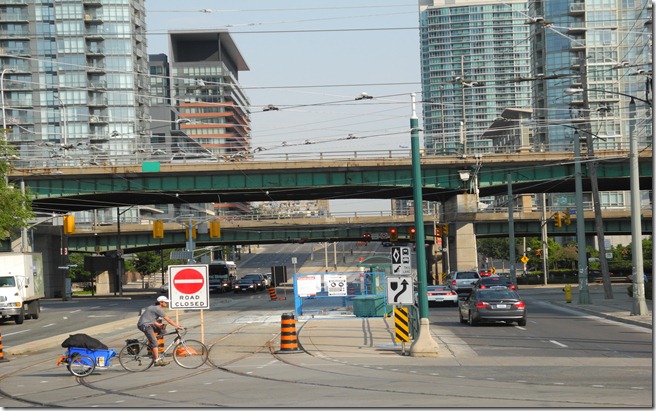
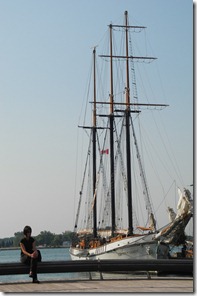
![f1244_it0235[1] f1244_it0235[1]](https://tayloronhistory.com/wp-content/uploads/2012/09/f1244_it02351_thumb1.jpg)
![s0372_ss0079_it0200[1] s0372_ss0079_it0200[1]](https://tayloronhistory.com/wp-content/uploads/2012/09/s0372_ss0079_it02001_thumb.jpg)
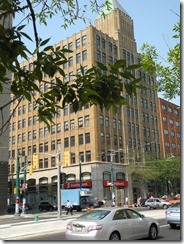
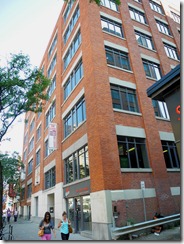
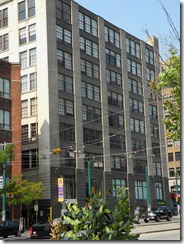

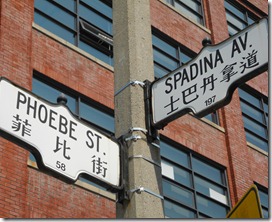
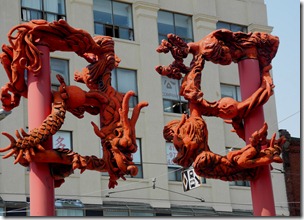
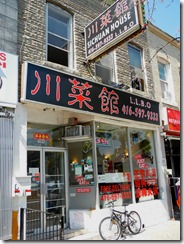
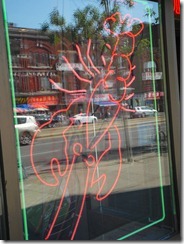
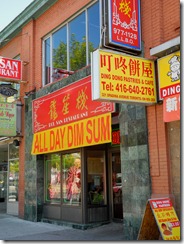
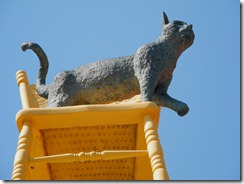
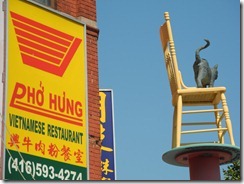
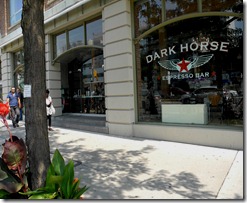
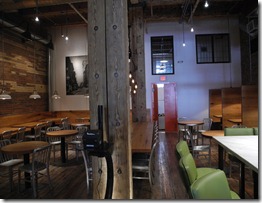

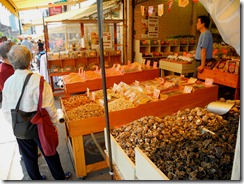
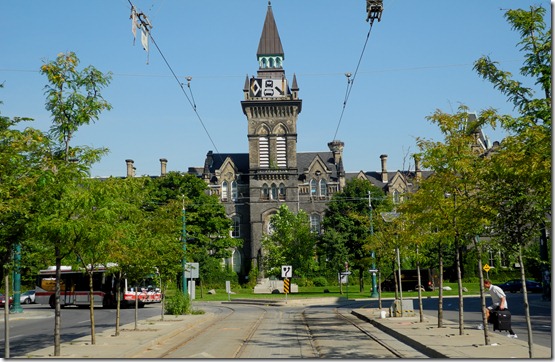
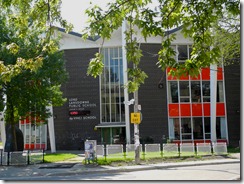
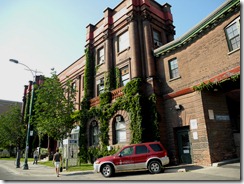
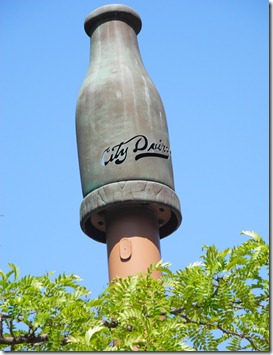
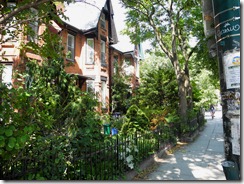
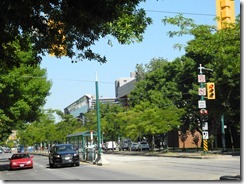
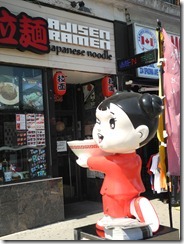
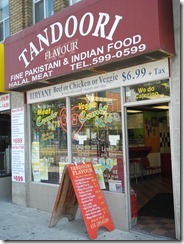
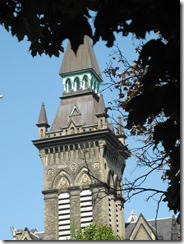
![cid_E474E4F9-11FC-42C9-AAAD-1B66D852[1] cid_E474E4F9-11FC-42C9-AAAD-1B66D852[1]](https://tayloronhistory.com/wp-content/uploads/2014/10/cid_e474e4f9-11fc-42c9-aaad-1b66d8521_thumb4.jpg)


Thank you so much for this page! I’m currently doing a paper on Baldwin St, and my original published source stated the Baldwins owned the estate south of Bloor. I found a comprehensive article on Wikipedia which says otherwise, but I’m not allowed to use that because “anyone can edit it.”
A couple of Google searches later and I came across this piece which clears everything up. I’m just thankful I wasn’t doing this assignment a year ago…
Hi there! I loved your article on the annex, which brought back many memories. In the early fifties about 1953 we lived on a second floor flat at the north west corner of Harbord and Spadina Ave above what I think was a bank. Just north of us was a Chinese Laundry, barbershop, and a variety store from which I purchased smokes for my mother…no I.D. required even though I was about 4 years old. THE FOLLOWING YEAR WE MOVED INTO A large 8 bedroom house at 63 Spadina road. My parents paid about $25,000 FOR THE HOUSE, and it was located across from the Eaton’s mansion. This house may have had a coach house originally but was later severed off. My memory is foggy on the details but I do remember a wraparound balcony on the south side off of the dining room and one above off the second floor bedroom. Within a year my parents received an offer almost double what they paid for the property and decided to sell. The purchaser tore down that house and the one south of us and erected the first highrise in the annex, I think? We moved to 163 Spadina Rd and lived there until 1969 when expropriation for the Spadina Expressway compelled us to move. In any case, I’m curious to know if you have any pics of that house at 63 Spadina Rd and who were the first owners. Once again, nice piece you arranged on Spadina. Thanks.